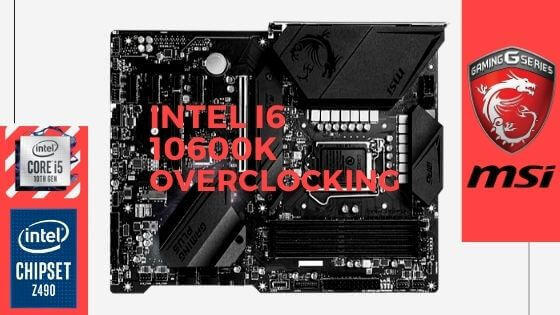In moving my pc into a new case, I lost my bios settings, so I’m at it again, and curious about some settings. Can anyone help me understand them please? I’ve read some articles on them, but I’m still unsure about how they affect the stability in my system.
Wishing the documentation from Asus was better on all of this, but I’m guessing it would be quite the task to write such a thing. (Imagines an electrical engineering focussed 3 volume bookset)
Manual cache speeds - it seems that when I set this manually, I get more instability in tests. Im told that I should be aiming for 3 under my clock speed, but have set this to auto for now to “not have to think about it”; can someone please explain what this does, and if I have to set it, and if there’s any real benefit to doing so?
LLC- for some reason, even given a modest 4.9ghz all core overclock on my 10850k, I need to set this to 6 for the system not to hang in OCCT utilities system test utility. I’ve read that if it’s set lower, this can lead to lower temperatures. Can someone please tell me what settings would need to be lowered to allow a lower stable LLC setting? Or why the system needs a higher LLC? (quite confused about this one) I’m temperature limited with a 280mm Corsair 115i platinum, so maybe this would be good information for my build.
BLCK adaptive voltage - I’ve read some people saying to enable it for better stability, some people saying disable it. Could anybody explain what this does and why people are arguing both sides please? I’m guessing this works sort of like a more restrictive ‘turbo’ that just fluctuates voltage? If that’s the case, this would effect the “vdroop’ in llc??
By core usage clock speeds (setting each core differently) - in the guides I’ve read, they’re using an earlier version of bios than I have. In my version, when I look at setting speeds per core, I see two values instead of one, for each core - “turbo ratio limit”, and “turbo ratio cores”. Please explain what this is and how it should be set.
Xmp - should I set this to 2 or 1? Guides say either or, and I’m not sure what the difference is.
Ram Frequency - The 10800k states a 2933mhz (from memory) speed supported. Should I be setting the speed of the ram to above this? Is there any benefit of doing so? Or am I hurting the speed of my PC by setting this highter?
—
My hardware: ROG strix z490-h i9 10850k 2x8gb Corsair rgb rt 3600 ram, corsair 280mm h115i platinum
Thanks for your help. It’d be good to learn about this stuff instead of doing more time consuming, seemingly never ending blind trial and error.
P.S.
If there are any definitive guides on ROG bios settings and understanding them, please send them my way!
Wishing the documentation from Asus was better on all of this, but I’m guessing it would be quite the task to write such a thing. (Imagines an electrical engineering focussed 3 volume bookset)
Manual cache speeds - it seems that when I set this manually, I get more instability in tests. Im told that I should be aiming for 3 under my clock speed, but have set this to auto for now to “not have to think about it”; can someone please explain what this does, and if I have to set it, and if there’s any real benefit to doing so?
LLC- for some reason, even given a modest 4.9ghz all core overclock on my 10850k, I need to set this to 6 for the system not to hang in OCCT utilities system test utility. I’ve read that if it’s set lower, this can lead to lower temperatures. Can someone please tell me what settings would need to be lowered to allow a lower stable LLC setting? Or why the system needs a higher LLC? (quite confused about this one) I’m temperature limited with a 280mm Corsair 115i platinum, so maybe this would be good information for my build.
BLCK adaptive voltage - I’ve read some people saying to enable it for better stability, some people saying disable it. Could anybody explain what this does and why people are arguing both sides please? I’m guessing this works sort of like a more restrictive ‘turbo’ that just fluctuates voltage? If that’s the case, this would effect the “vdroop’ in llc??
By core usage clock speeds (setting each core differently) - in the guides I’ve read, they’re using an earlier version of bios than I have. In my version, when I look at setting speeds per core, I see two values instead of one, for each core - “turbo ratio limit”, and “turbo ratio cores”. Please explain what this is and how it should be set.
Xmp - should I set this to 2 or 1? Guides say either or, and I’m not sure what the difference is.
Ram Frequency - The 10800k states a 2933mhz (from memory) speed supported. Should I be setting the speed of the ram to above this? Is there any benefit of doing so? Or am I hurting the speed of my PC by setting this highter?
—
My hardware: ROG strix z490-h i9 10850k 2x8gb Corsair rgb rt 3600 ram, corsair 280mm h115i platinum
Thanks for your help. It’d be good to learn about this stuff instead of doing more time consuming, seemingly never ending blind trial and error.
P.S.
If there are any definitive guides on ROG bios settings and understanding them, please send them my way!





